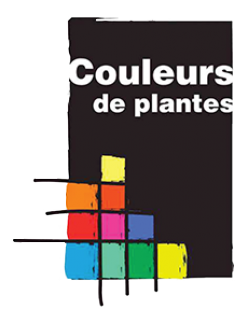Indicative colours
brown-red
Products available in catalog



Plant extract (ref: C10) – Plant pigment (ref: P03) – Pigmented oil (ref: PH03)
Scientific name: Sorghum bicolour subsp bicolour (L.) Moench
French name: Sorgho des teinturiers
English name: Sorghum
Botanical origin: Variety CHANTOR protected by C.O.V. (plant variety certificate) registration of vegetable variety obtained from a cross between french and African lines
Crop production: Poitou-Charentes, France
Part of plant used: Sheaths, stems and leaves.
Nomenclature
N° CAS: [97676-10-3]
N° EINECS/ EC: 307-686-3
INCI name: Sorghum bicolor leaf / stem extract
CI: Natural red 32
Documents available
- Analysis report
- Technical specifications
- Material Safety Data Sheet
- Raw material information data sheet
Historical importance
Sorghum is an annual grass, which “colorans” variety used in Africa for dyeing, was found in old archaeological layers thousand years.
The dye from the sheaths surrounding the stem was used for leather, cotton and herbs rushes dyeing, but also as body paint, tinting gourds and masks in southern Benin and Nigeria.
In the 19th century this dye was exported to Europe under the name of “Carmine Sorghum.”
The two breeds of Sorghum bicolour African the most used for their coloring properties (dyeing, food and cosmetics) are caudatum and kafir.
Phytochemistry
The sorghum plant extract consists of a mixture of flavonoids anthocyanidins group, found in free forms, glycosylated, and methoxylated or condensed tannins.
Crop production – Manufacturing
We grow Sorghum in Poitou-Charentes (France). Harvesting is done at the beginning of autumn: after removal of spikes, stems and leaves are dried and finely crushed prior to extraction of the dye.
We carry out the production of plant extracts, pigment and pigmented oil in France.

 Online shop
Online shop Private space
Private space Recherche
Recherche Request
Request